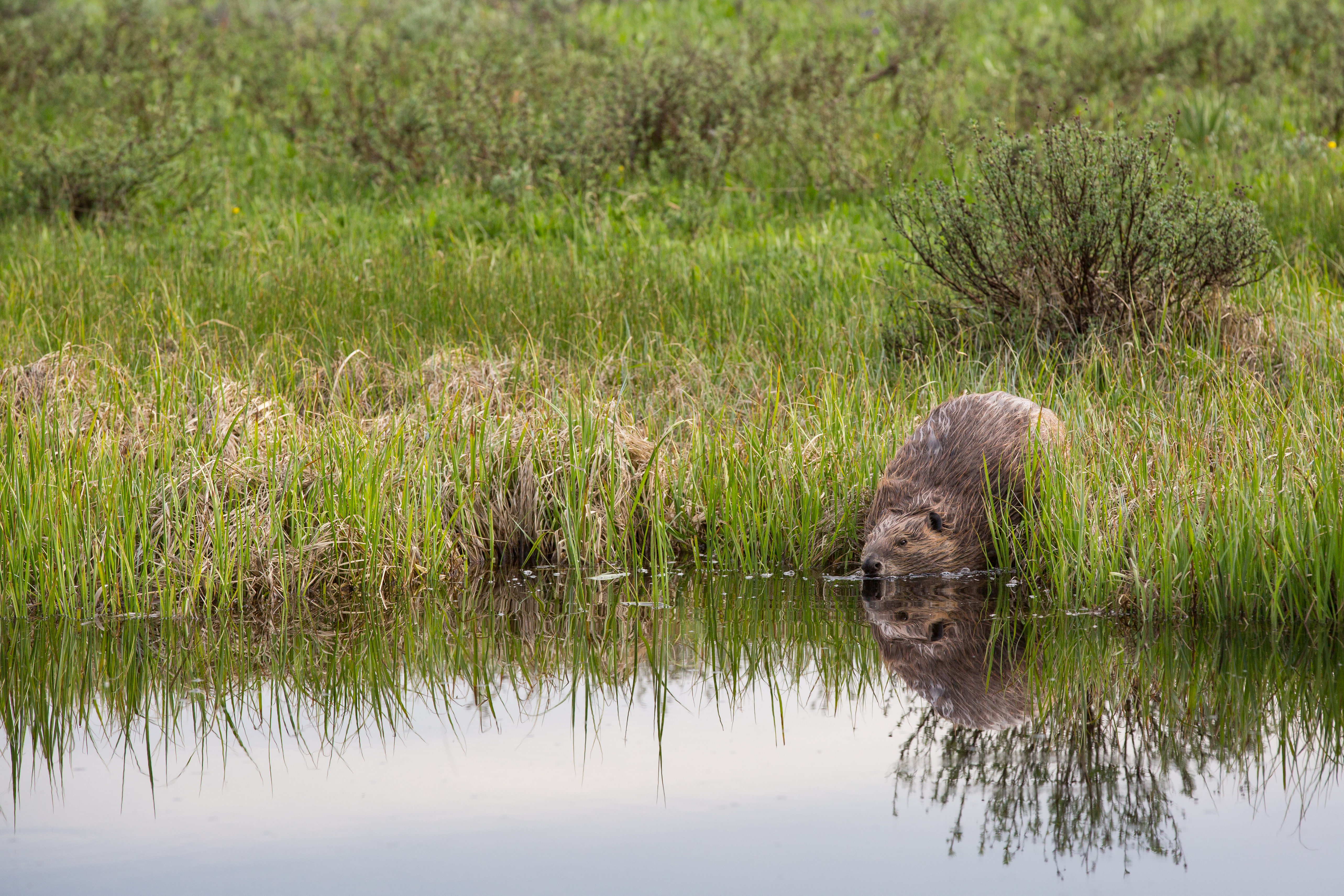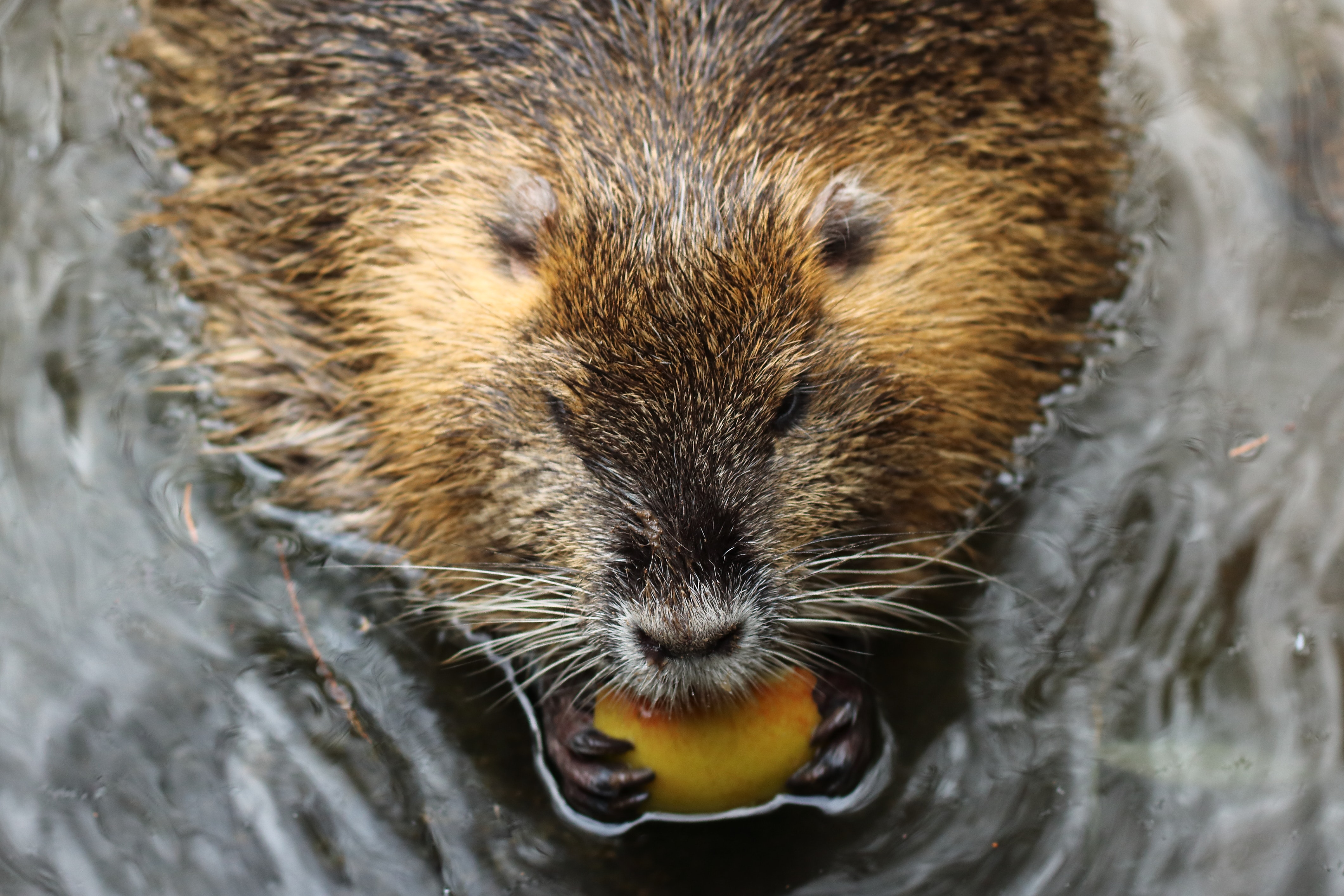Human vs. Beaver: Why we should coexist with nature’s engineer
In her book, The Beaver Manifesto, Environmental Science professor and beaver expert Glynnis Hood describes falling into a hole excavated by a beaver, twisting her ankle, and then, supported by her dog, limping through canals, over logs and around flooded shorelines before arriving at the road near her vehicle.
It’s easy to imagine this experience leaving someone with an aversion to beavers. And despite their icon status in Canada, distaste for the semi-aquatic mammal is common in areas where their handiwork plugs culverts, floods infrastructure and agriculture, and leaves a mess of logs and, apparently, booby traps.
But the incident only deepened Hood’s appreciation for the world’s second largest rodent.
“Not only can beavers change the condition of an ankle, they can change the state of the environment, and for the love of hats we almost lost it all,” she writes, referring to how beavers almost went extinct during the fur trade.
Although beavers are not currently threatened, conflicts between beavers and humans are a constant in Canada, and beavers are often on the losing side of the battle. Hood thinks that coexistence with these environmental engineers, whose work is essential for creating and maintaining wetlands, will grow even more important as climate change worsens.
I talked to Hood about why beavers are so important for ecosystems and her current and past research.
If beavers are abundant in North America, and they are sometimes considered a pest, why is it important that we protect them?
Alberta has gone through, since 2001, about two and a half major droughts. We also lost a lot of wetlands through the settlement of North America by European settlers. In Alberta we’ve lost anywhere from 60 to 70 per cent of our non-boreal wetlands through land transformation to agricultural land, industrialization and urbanization. Wetlands are critical for many things. No. 1, for water storage and availability, but also to help mitigate drought and flood events.
We need water, and where there’s beavers, there’s water. Beavers help to recharge groundwater by creating these flooded areas, which then increase groundwater supply. They also dramatically increase surface water supply; and some studies show that the wetlands they help create mitigate forest fires.
Wetlands are some of the most biodiverse areas that we’ve got. Once wetlands come back, often with the help of beavers, you get increased waterfowl productivity, reservoirs for young fish, and increased carbon sequestration.
Beavers do a lot.

Photo by the United States National Park Service. No claim to original U.S. Government works.
What are the biggest threats to beavers?
Humans are their biggest predator. I did a study with an economist examining how much is spent in Alberta on beaver management. It’s in the millions. What kinds of methods are used? Primarily, Alberta is using lethal methods and dam removal.
How can we improve how we interact with these animals?
One of the major problems in human/beaver conflicts is just the placement of our facilities. To avoid conflicts, try not to build a trail or a road right through a wetland system that is loaded with beavers and has wonderful habitat because you will have an ongoing problem with flooding.
In one study, we tested pond-levelling devices. These work by putting a pipe through the beaver dam, right at the level where you want the water to stay, and any time the water goes higher the pipe system lowers the water to its desired level. You have to do some beaver psychology to make it so the beavers don’t thwart your efforts, but the devices are quite successful, not only at reducing the amount of flooding over a long period of time, but also for saving money.

Photo by Niklas Jeromin from Pexels
One of your current projects is investigating how beavers support other aquatic mammals. Can you share some details about this work?
Beavers literally move tonnes of soil when they excavate canals—it’s like a rodent backhoe went through the area. These channels radiate out from the edge of ponds like boreal neurons, and they connect aquatic systems with upland habitats. They also help connect different ponds, which creates aquatic connectivity. We’re trying to understand how the presence of beavers affects aquatic connectivity, and therefore the health and distribution of semi-aquatic mammals such as river otter, mink, muskrat, northern bog lemming, and American water shrew in the Beaver Hills Biosphere.
In The Beaver Manifesto you write that beavers are “like a nagging memory you cannot shake.” What do you mean by that?
Beavers remind us of what an ecological system could be. Even when beavers abandon ponds, there’s a time period when that pond still fills with water after a drought faster than ponds that didn’t have beavers. Within forests we see around these wetlands, if beavers have been there, the influence of their activities on those forests are still there.
Ecologically, our landscapes were formed by beavers—they have been on this continent since the last major ice age. Even the landscapes in which we live now have beavers’ fingerprints all over them.
Canada was built on beavers— during the fur trade they were the El Dorado. They’re so all-encompassing within the Canadian identity in particular, and they are within the stories of many Indigenous cultures.
I was at an international beaver symposium—yes, we have those—in Denmark. On a whim I took two dollars worth of five cent Canadian coins and gave them out as a joke prize to other speakers who were going up next. People were coming up just desperate to get these coins because they had a beaver on them. They thought it was a mind-blowing idea to have a beaver on a coin and have it be representative of a country. I thought that truly marks the identity of Canada; we’ve got them everywhere.
Glynnis Hood is an affiliate of the Sustainability Council. She is a professor of Environmental Science at the U of A’s Augustana campus, where she teaches two courses, Resource and Environmental Management (AUENV 324) and Environmental Impact Assessment (AUENV 425), that can be taken for credit towards the Certificate in Sustainability.